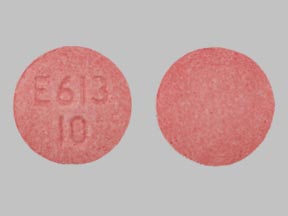Opana Interactions
There are 400 drugs known to interact with Opana (oxymorphone), along with 16 disease interactions, and 1 alcohol/food interaction. Of the total drug interactions, 122 are major, 277 are moderate, and 1 is minor.
- View all 400 medications that may interact with Opana
- View Opana alcohol/food interactions (1)
- View Opana disease interactions (16)
Most frequently checked interactions
View interaction reports for Opana (oxymorphone) and the medicines listed below.
- Adderall (amphetamine / dextroamphetamine)
- Ambien (zolpidem)
- Ativan (lorazepam)
- baclofen
- clonazepam
- Cymbalta (duloxetine)
- diazepam
- Dilaudid (hydromorphone)
- Fentanyl Transdermal System (fentanyl)
- Flexeril (cyclobenzaprine)
- gabapentin
- Klonopin (clonazepam)
- lisinopril
- Lyrica (pregabalin)
- Neurontin (gabapentin)
- Nexium (esomeprazole)
- Norco (acetaminophen / hydrocodone)
- omeprazole
- oxycodone
- OxyContin (oxycodone)
- Percocet (acetaminophen / oxycodone)
- prednisone
- Soma (carisoprodol)
- tizanidine
- tramadol
- trazodone
- Valium (diazepam)
- Vitamin D3 (cholecalciferol)
- Xanax (alprazolam)
- Zanaflex (tizanidine)
Opana alcohol/food interactions
There is 1 alcohol/food interaction with Opana (oxymorphone).
Opana disease interactions
There are 16 disease interactions with Opana (oxymorphone) which include:
- impaired GI motility
- infectious diarrhea
- prematurity
- acute alcohol intoxication
- drug dependence
- hypotension
- intracranial pressure
- respiratory depression
- gastrointestinal obstruction
- adrenal insufficiency
- liver disease
- renal dysfunction
- seizure disorders
- urinary retention
- arrhythmias
- biliary tract disease
More about Opana (oxymorphone)
- Opana consumer information
- Compare alternatives
- Reviews (84)
- Drug images
- Latest FDA alerts (4)
- Side effects
- Dosage information
- During pregnancy
- FDA approval history
- Drug class: Opioids (narcotic analgesics)
- Breastfeeding
Related treatment guides
Drug Interaction Classification
| Highly clinically significant. Avoid combinations; the risk of the interaction outweighs the benefit. | |
| Moderately clinically significant. Usually avoid combinations; use it only under special circumstances. | |
| Minimally clinically significant. Minimize risk; assess risk and consider an alternative drug, take steps to circumvent the interaction risk and/or institute a monitoring plan. | |
| No interaction information available. |
See also:
Further information
Always consult your healthcare provider to ensure the information displayed on this page applies to your personal circumstances.


